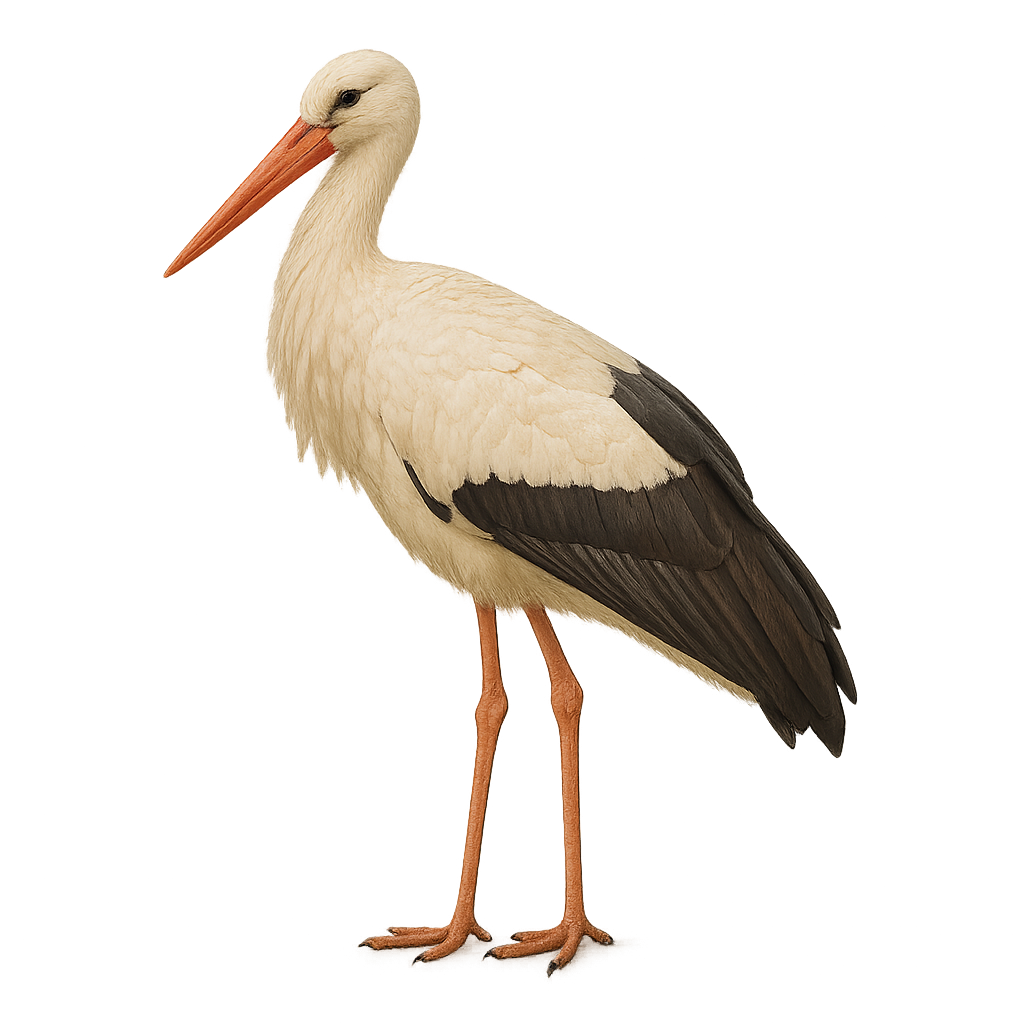Your wildlife photography guide.
Explore the white stork in detail, study its behavior, prepare your shots.
Where to observe and photograph the white stork in the wild
Learn where and when to spot the white stork in the wild, how to identify the species based on distinctive features, and what natural environments it inhabits. The WildlifePhotographer app offers tailored photography tips that reflect the white stork’s behavior, helping you capture better wildlife images. Explore the full species profile for key information including description, habitat, active periods, and approach techniques.
White Stork
Scientific name: Ciconia ciconia

IUCN Status: Least Concern
Family: CICONIIDAE
Group: Birds
Sensitivity to human approach: Suspicious
Minimum approach distance: 30 m
Courtship display: February to April
Incubation: 33-34 jours
Hatchings: April to June
Habitat:
Wetlands and marshes
Activity period :
Primarily active during the day, with peak activity in the morning and late afternoon.
Identification and description:
The White Stork is a large bird easily recognized by its slender silhouette, bright white plumage, and long red legs. It has a long pointed beak, which it primarily uses to capture prey in wetlands, meadows, and fields. This migratory bird travels thousands of kilometers each year, migrating from Eastern and Central Europe to Africa for the winter.
The White Stork primarily feeds on small mammals, amphibians, insects, and small birds, which it captures with its great ability to walk and forage through grass or mud. While it is a solitary bird during breeding, it gathers in large colonies during migrations. Although its population remains stable in many parts of Europe, it faces threats from habitat loss, hunting, and human disturbances. Conservation efforts are underway to protect this iconic species.
Recommended lens:
300 mm – adjust based on distance, desired framing (portrait or habitat), and approach conditions.
Photography tips:
The WildlifePhotographer App is coming soon!
Be the first to explore the best nature spots, track rutting seasons, log your observations, and observe more wildlife.
Already 1 439 wildlife lovers subscribed worldwide

